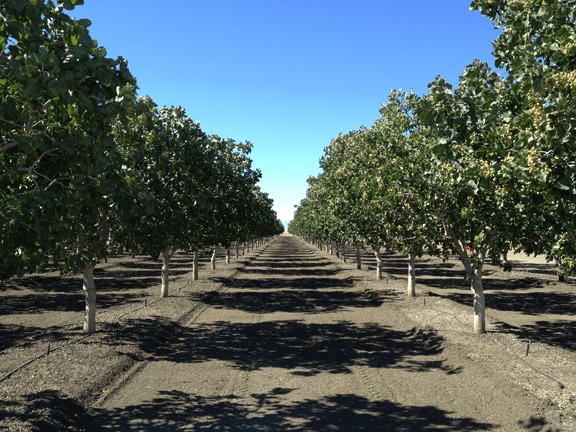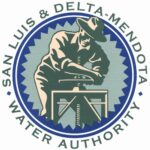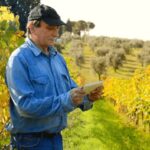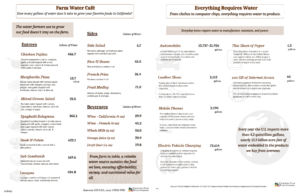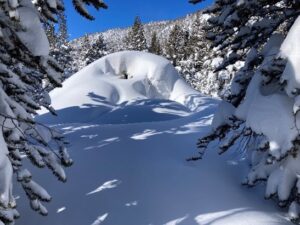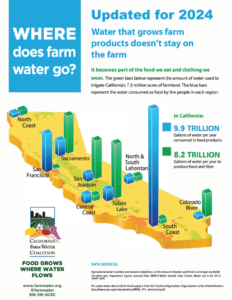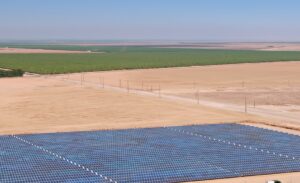“Might, May, If:” Parsing the guesses, assumptions, and half-truths of the Food and Water Watch report
Earlier this week, Food and Water Watch along with partners Restore the Delta and the California Water Impact Network issued a document, their commissioned report, about retiring farmland in the San Luis Unit of the federal Central Valley Project in the San Joaquin Valley.
The 21-page document from ECONorthwest uses generalizations, decades-old information, and outright guessing to argue in favor of forcing farmers to stop growing food and fiber on their land. This is not a responsible way to make environmental choices, and would reduce available locally-grown food for the people of California.

ECONorthwest, at the behest of their clients, has extrapolated what it might cost to “retire”—that is, stop farming—land that they think has high salt content or an increased presence of the naturally occurring mineral selenium. Adding insult to injury, the simplified calculations used by ECONorthwest would offer pennies on the dollar for growers to abandon their farms. These unrealistic, below-market-value prices, it claims, would fairly compensate farmers. At a third or less of the actual price for farmland in the area, their estimates cannot be taken seriously.
It is no coincidence that retiring farmland is exactly the result Food and Water Watch and partners are pushing for. By cherry-picking decades-old data, these groups are attempting to manipulate public opinion.
Stopping the growth of food and fiber on these farmlands would mean the loss of jobs for farm workers and the food processing industry, forcing their families to again stand in food lines- as they have done in recent years. The proposal by Food and Water Watch would not only disrupt the economies of rural California, but also tear at the basic fabric of the communities that depend on agriculture.

The trouble is, there is no evidence that all of the land ECONorthwest and their clients are talking about is actually “distressed.” The twenty year old reports they cite do show increased salt and the mineral selenium, but since that time studies and projects have been underway to remedy the issues of drainage water and to help prevent it from reaching the Valley’s waterways. This drainage water is being reused irrigating valuable salt-tolerant crops. This effort has been the result of State and federal agencies, environmental organizations, farmers and public water agencies working cooperatively. Their work has been lauded by the Environmental Protection Agency. Modern approaches like the recycling program at Panoche Drainage District are part of the future of drainage management, improving water use efficiency and protecting the environment. Perhaps when ECONorthwest couched their recommendations in the tentative language of “if” and “could,” it was because the authors knew their information was outdated and incomplete.
It is unfortunate that the authors failed to reach out to the numerous experts, individuals, and organizations that specialize in agricultural production issues for more current information. If they had, they would have learned that the San Luis Unit is one of the most productive farming regions in the world, and that land retirement as a solution is an outdated notion in today’s science-based agricultural arena.
